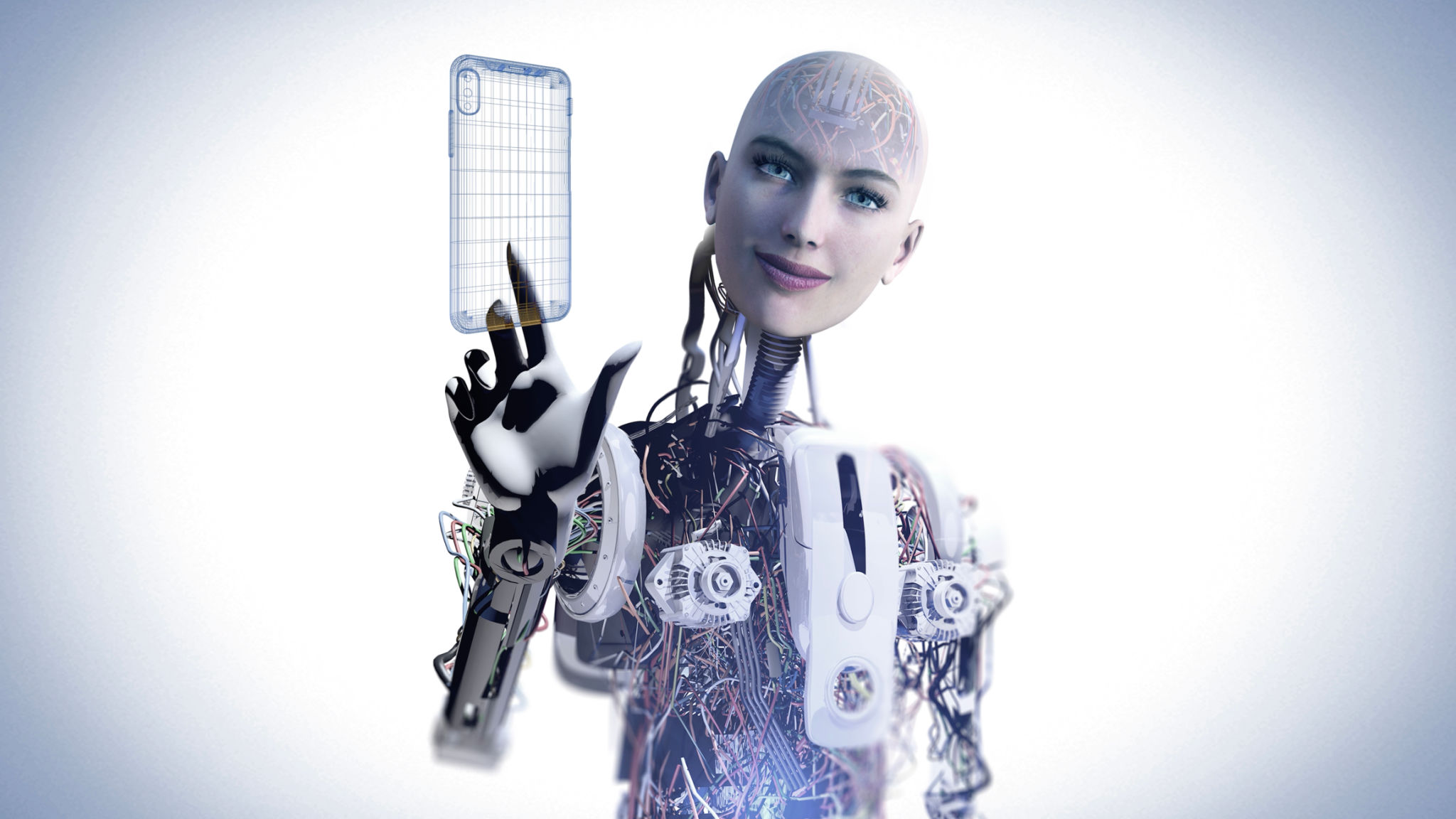When Robots Become More Human: The Future of Brain–Computer Interfaces
Advances in brain–computer interface (BCI) technology are propelling robotics into a new era, one where machines may soon exhibit human-like responsiveness and adaptability. By integrating lab-grown brain cells with sophisticated robotics, researchers are pushing the boundaries of how machines learn, adapt, and interact with the world. This blog explores these breakthroughs and discusses how such technology might even help alleviate public safety challenges, such as police shortages.
The Rise of Brain–On–Chip Technology
Recent innovations in biocomputing have led to the development of “brain-on-chip” systems, where neural organoids cultivated in vitro interact directly with electronic devices. Chinese research teams, for example, have engineered an open-source brain–chip interface system that allows a robot to perform tasks such as obstacle avoidance, tracking, and object manipulation (Global Times, 2024). Unlike traditional artificial intelligence (AI), which relies on vast amounts of data and power-intensive algorithms, these biocomputers can learn and adapt in minutes—mimicking the efficiency of the human brain (O’Sullivan-Dale, 2024).
This technology builds on the concept of using living neural tissue to guide robotic actions, offering a potentially transformative approach to robotics. With the ability to encode, decode, and respond to electrical signals, brain–on–chip systems provide a bridge between biological processes and digital computation, laying the groundwork for machines that operate with a level of finesse and flexibility previously seen only in living organisms.

Towards Human-Like Robotics
The integration of neural organoids with robotics suggests that machines may soon display behaviors and decision-making processes akin to human responses. By harnessing the inherent capabilities of brain cells, robots could learn complex tasks faster than ever before and adapt to dynamic environments with a level of intuition that traditional AI struggles to match. This human-like adaptability has far-reaching implications—not only for industrial automation but also for service sectors where nuanced decision-making is critical.
The potential for these systems to be "trained" in real time could revolutionize how robots perform in unpredictable environments, making them more reliable collaborators in both mundane and complex tasks. As our understanding and engineering of these bio-hybrid systems improve, we may witness a future where the line between organic intelligence and machine computation becomes increasingly blurred.

BCI and Public Safety: Addressing Police Shortages
One particularly promising application of BCI technology lies in addressing public safety challenges, including the current police shortage crisis. In many urban areas, a shortage of law enforcement officers hampers the ability to respond promptly to emergencies, maintain public order, and provide community services.
Imagine a future where brain–on–chip-enabled robots serve as advanced support units in public safety roles. These robots, operating with the decision-making capabilities derived from human brain cells, could perform routine patrols, monitor public spaces, and even assist in emergency response tasks with both efficiency and sensitivity to human behavior. The adaptive learning capabilities of these systems mean they could be trained to interpret complex social signals and make nuanced decisions that are crucial in high-stress public safety scenarios (O’Sullivan-Dale, 2024; Global Times, 2024).
Additionally, integrating these systems into public safety frameworks could reduce the physical risk to human officers. Robots equipped with BCI technology might engage in hazardous situations—such as diffusing conflicts or operating in environments with toxic exposure—thereby allowing human officers to focus on tasks that require a distinctly human touch, such as negotiation and community engagement. This hybrid approach could form the backbone of a modernized public safety infrastructure, offering a scalable solution to manpower shortages while ensuring efficient and empathetic law enforcement.
Future Outlook and Ethical Considerations
While the technological prospects are exciting, the integration of living brain cells with machines raises important ethical questions. Concerns about consciousness, the welfare of the biological components, and the broader implications for society must be thoroughly considered. Researchers are already debating the ethical landscape, particularly regarding the potential emergence of consciousness within these biocomputing systems and the moral responsibilities associated with testing on systems that closely mimic human brain functions (O’Sullivan-Dale, 2024).
Ensuring that ethical standards evolve alongside technological advancements will be crucial. Our company, X9 Intelligence, LLC, is committed to exploring these innovations responsibly, balancing scientific progress with the highest ethical considerations.
Conclusion
BCI technology and brain–on–chip systems are not merely futuristic concepts—they are rapidly approaching practical applications that could redefine both robotics and public safety. By endowing machines with human-like learning and adaptability, we stand on the threshold of a new era in robotics, one that promises enhanced operational efficiency and transformative societal benefits. As these technologies mature, thoughtful integration and ethical oversight will be key to harnessing their full potential.
Listen to our Deep Dive podcast to further explore-When Robots Become More Human: The Future of Brain–Computer Interfaces
References
Global Times. (2024, June 26). Chinese researchers develop first open-source brain-on-chip interface system globally. Global Times. https://www.globaltimes.cn/page/202406/1314882.shtml
O’Sullivan-Dale, U. (2024, July 1). Chinese scientists build robot controlled by human brain cells. Robotics & Automation Magazine. https://www.roboticsandautomationmagazine.co.uk/news/rd/chinese-scientists-build-robot-controlled-by-human-brain-cells.html
ShanghaiEye魔都眼. (2024, September 3). RoboCop in real life? Chinese scientists create robot with human brain cells [Video]. YouTube. https://www.youtube.com/watch?v=o_zsjINNHBE
